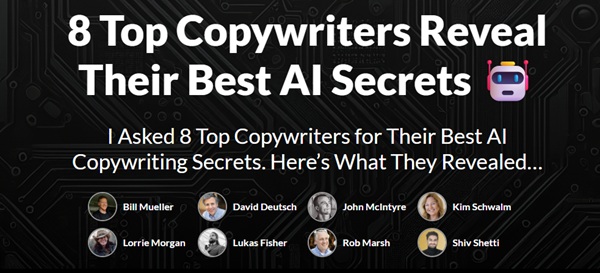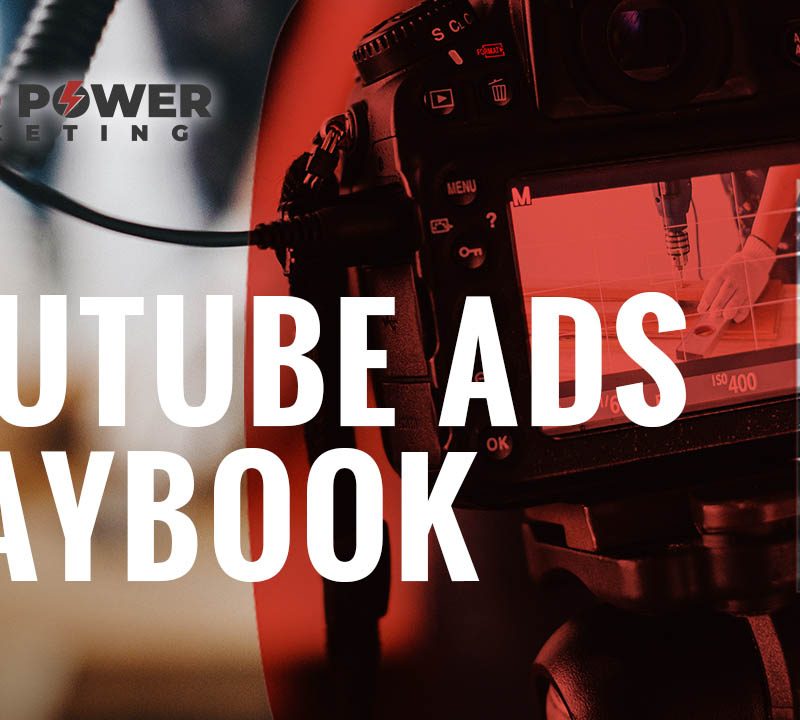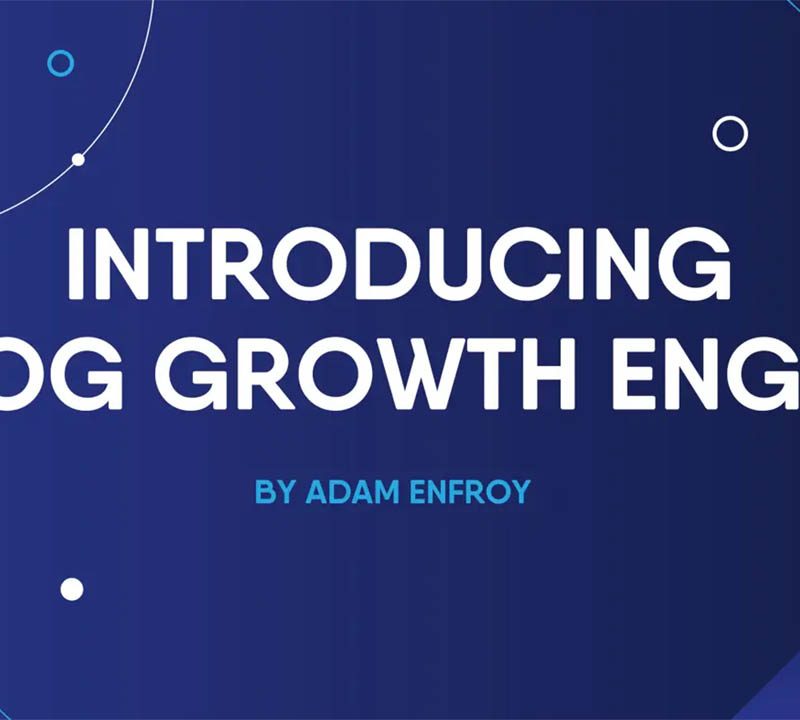AI Copywriting Secrets (Volume 1) – Drop Dead Copy
$22.00
Discount 20% if your total cart over $150
- Satisfaction Guaranteed
- Fast and forever download link
- Secure Payments
- Reupload FREE
Description
Discover the groundbreaking AI Copywriting Secrets that are transforming marketing. Learn how to harness the power of artificial intelligence to create compelling Drop Dead Copy, enhance your workflow, and master the future of copywriting.
AI Copywriting Secrets

The rise of artificial intelligence (AI) has sent ripples throughout numerous industries, and copywriting is no exception. It’s no longer a question of if AI will impact this field, but how deeply and how quickly copywriters will adapt. The information we have points to a clear consensus: AI is not a replacement for skilled copywriters, but rather an amplifier of their abilities. By learning and implementing AI Copywriting Secrets, copywriters can unlock new levels of efficiency, creativity, and personalization. This section reveals some of the key strategies for effectively integrating AI into the copywriting process, drawing from the insights of seasoned professionals who are already leveraging its immense potential.
The AI-Powered Efficiency Boost: From Brainstorm to Brilliant in Less Time
The traditional image of a copywriter staring blankly at a screen, wrestling with writer’s block, is quickly becoming obsolete. AI Copywriting Secrets unlock unprecedented efficiency, slashing the time spent on brainstorming, drafting, and research. Tools that once seemed like futuristic fantasies are now practical realities, allowing copywriters to generate compelling content in a fraction of the time. When Bill Mueller discusses using AI to Write Faster, he’s not just talking about shaving off a few minutes. He’s referring to a fundamental shift in the writing process, where AI handles the initial heavy lifting, freeing up human copywriters to focus on strategic thinking and creative refinement.
John McIntyre’s demonstration of going From Blank Page to Killer Sequence in 30 Minutes highlights another paradigm shift. Imagine being able to go from absolutely nothing to a complete, high-converting email sequence in just half an hour. AI enables this level of speed by rapidly generating variations, testing different angles, and identifying the most promising approaches. This not only saves time but also allows for more experimentation and optimization. It allows time to focus more on the strategy and high level goals.
Rob Marsh’s claim that AI can write 80% of a VSL, sales page, or email sequence in minutes is perhaps the most astounding. While that remaining 20% demands human touch and strategy, automating such a significant portion of the initial draft dramatically accelerates the entire process. The focus shifts from laboriously crafting each sentence to strategically shaping and refining the AI-generated content. This means copywriters can handle more projects, deliver faster results, and ultimately increase their value.
The Creative Symbiosis: AI as a Creative Partner
Beyond efficiency, AI Copywriting Secrets reveal how AI can serve as a powerful creative partner, sparking new ideas and uncovering unexpected angles. The ability to generate countless variations, explore different styles, and identify hidden patterns makes AI an invaluable tool for overcoming creative roadblocks.
Bill Mueller’s Weird Story Generator hack is a prime example of how AI can unlock unexpected creative avenues. By feeding AI unconventional prompts and parameters, copywriters can generate unique and engaging narratives that would have been difficult or impossible to conceive of on their own. This approach encourages experimentation and fosters a willingness to explore unconventional ideas.
Lorrie Morgan’s use of AI for Lightning-Fast Brainstorming represents the ability to generate a multitude of ideas in a fraction of the time it would take to brainstorm manually. AI can quickly analyze vast amounts of data, identify trends, and suggest novel approaches, providing a rich source of inspiration for copywriters. This rapid ideation process allows copywriters to explore a wider range of possibilities and ultimately arrive at more effective and compelling creative solutions.
David Deutsch’s emphasis on using AI as a Creative Wingman highlights the synergistic relationship between humans and AI. The idea is that AI acts as a sounding board, a generator of possibilities, and a reviewer of ideas, while the human copywriter retains ultimate creative control. This ensures that the copy remains authentic, engaging, and aligned with the brand’s identity. This creative symbiosis between humans and AI holds unparalleled potential for innovation.
Maintaining the Human Touch: Empathy and Authenticity in the Age of AI
While AI excels at generating text, it cannot replicate the nuances of human empathy, insight, and authentic storytelling. AI Copywriting Secrets emphasize the critical importance of maintaining the human touch in all AI-generated content, ensuring that the copy resonates with the target audience on an emotional level.
David Deutsch’s warning against the Invisible AI Fingerprints that are Killing Your Sales highlights a critical pitfall of relying too heavily on AI. Generic, robotic-sounding copy can quickly alienate potential customers, undermining trust and reducing conversions. Human copywriters must be vigilant in identifying and eliminating these “AI fingerprints,” injecting warmth, personality, and genuine emotion into the text.
Kim Schwalm’s emphasis on The Empathy Hack That AI Can’t Replace reinforces the notion that empathy is a uniquely human trait that cannot be fully replicated by AI. Understanding the target audience’s needs, desires, and pain points is essential for creating truly persuasive copy. Human copywriters must leverage their empathy to connect with their audience on a deeper level, building trust and driving engagement in a way that AI alone cannot achieve.
Lorrie Morgan’s focus on how to Make AI Write Like You (Without Sounding Like a Robot) underscores the importance of personalizing AI-generated content. By training AI to mimic a copywriter’s individual style and voice, it’s possible to create copy that is both efficient and authentic. This requires careful prompting, feedback, and refinement to ensure that the AI-generated text reflects the copywriter’s unique personality and tone.
| Strategy | Description | Benefits |
|---|---|---|
| AI-Powered Brainstorming | Utilizing AI tools to generate a multitude of ideas and explore different creative angles. | Increased efficiency, expanded creative possibilities, and ability to quickly overcome creative roadblocks. |
| Empathy-Driven Refinement | Injecting human empathy and emotional intelligence into AI-generated content to connect with the audience on a deeper level. | Enhanced audience engagement, increased trust, and improved conversion rates. |
| Personalized Style Training | Training AI to mimic a copywriter’s individual writing style and voice to create content that is both efficient and authentic. | Consistent brand messaging, elimination of generic robotic-sounding copy, and increased audience resonance.. |
| Monitoring AI Fingerprints | Regularly reviewing AI-generated content and removing any signs of unnatural or robotic sounding language. | Ensures authenticity of copy, increases audience engagement, and improve conversion rates. |
Drop Dead Copy
The confluence of human creativity and artificial intelligence presents a unique opportunity to redefine what constitutes Drop Dead Copy. No longer is it sufficient to simply write compelling prose; copy must now be optimized for both human readers and AI algorithms. It must be emotionally resonant, strategically targeted, and flawlessly executed across all channels. This section delves into the specific ways copywriters are strategically applying AI to specific tasks, transforming their workflows and achieving unprecedented results.
Strategic Application of AI: From Research to Client Acquisition
AI Copywriting Secrets reveal the transformative potential of AI when applied strategically to specific tasks. From conducting in-depth research to generating persuasive email sequences and even finding new clients, AI can automate and optimize numerous aspects of the copywriting process, achieving unprecedented results.
Bill Mueller’s Invisible Rewrites Hack demonstrates how AI can be used to quickly and efficiently repurpose existing content. By leveraging AI to rewrite and reframe existing material, copywriters can create fresh, engaging content without having to start from scratch. This is particularly useful for creating variations of sales copy, adapting content for different platforms, and refreshing old blog posts.
John McIntyre’s blueprint for email sequence generation exemplifies the efficiency gains possible through AI. By feeding AI a few key parameters, copywriters can generate complete email sequences in a fraction of the time it would take to write them manually. The copywriter then focuses on tweaking and refining the AI-generated sequences to ensure they are aligned with the brand’s voice, target audience, and marketing goals.
Kim Schwalm’s AI Research Minefield and Rob Marsh’s Research Shortcut highlight the power of AI for in-depth research and customer insight gathering. By employing AI-powered tools to analyze vast amounts of data, copywriters can quickly identify trends, uncover customer pain points, and gather valuable insights that inform their copy. This data-driven approach ensures that the copy is highly targeted, relevant, and persuasive.
Rob Marsh and Shiv Shetti’s Secret Client Finder and Copywriter’s X-Ray Vision illustrate how AI can be leveraged to identify and target potential clients. By analyzing online data and identifying companies that are in need of copywriting services, AI can help copywriters focus their efforts on the most promising leads. This targeted approach increases the likelihood of landing new clients and maximizing revenue.
Lorrie Morgan’s AI Style File and Lukas Fisher’s AI Memory Hack highlight the potential for training AI to adopt a specific writing style. By feeding AI examples of a copywriter’s past work, it can learn and mimic their unique tone, phrasing, and vocabulary. This allows copywriters to generate content that is both efficient and consistent with their personal brand.
The Power of Prompting: Unleashing AI’s Full Potential
Effective prompting is the key to unlocking AI’s full potential. By crafting clear, concise, and well-defined prompts, copywriters can guide AI to generate copy that is tailored to their specific needs and objectives.
David Deutsch’s Evil Genie Prompting Hack demonstrates the importance of precise instructions. By providing AI with clear, unambiguous instructions, copywriters can ensure that the generated copy adheres to their exact specifications. This reduces the need for extensive editing and revisions, saving time and effort.
The key is to think of prompts as instructions that you would give to a highly skilled (but sometimes literal) junior copywriter. The more detail and context you provide, the better the results you’ll get. Specific instructions about tone, audience, and desired outcome are crucial for compelling Drop Dead Copy.
Think of prompts as recipes: the better the recipe, the better the dish. It’s not enough to simply ask AI to “write a sales page.” Instead, provide detailed information about the product, the target audience, the desired tone, and the key selling points. The more context you provide, the more relevant and effective the AI-generated copy will be. This highlights the necessity of using thoughtful and strategic inputs to get the best results from AI.
Adapting or Becoming Obsolete: The Future of Copywriting
The consistent theme through these AI Copywriting Secrets is the urgent need for adaptation. Those who fail to embrace and strategically utilize AI risk becoming obsolete in a rapidly evolving industry. This does not imply that human copywriters will be replaced, but rather that their roles will evolve, shifting from hands-on writing to strategic oversight, creative direction, and AI optimization.
Lukas Fisher’s session, How a Copywriter Used AI to Replace Copywriters illustrates the stark consequences of resisting change. While that specific copywriter harnessed AI to augment their abilities and expand their reach, the narrative serves as a cautionary tale for those who cling to traditional methods. Adaptability is not merely an advantage; it’s a survival imperative.
The source repeatedly stresses the importance of continuous learning. AI is a constantly evolving technology, and copywriters must commit to staying abreast of the latest advancements, tools, and best practices. This requires a willingness to experiment, learn from others, and adapt to new workflows. Copywriters who embrace this growth mindset will be well-positioned to thrive in the age of AI.
Shiv Shetti presents a novel perspective, advocating for using AI as a sparring partner and Personal Copy Chief to sharpen skills, simulate client briefs, and receive honest critiques, rather than simply relying on it for output. AI won’t replace you — unless you refuse to adapt. This innovative approach allows copywriters to continuously improve their craft, refine their strategies, and elevate their overall performance. This idea will lead to creating even more Drop Dead Copy.
Conclusion
The convergence of AI and copywriting presents profound opportunities. By embracing AI not as a replacement but as a powerful tool, copywriters can unlock unprecedented efficiency, unleash new creative potential, and elevate their craft to new heights. Strategic application, effective prompting, and a commitment to maintaining the human touch are essential for harnessing the full potential of AI in copywriting. The future belongs to those who adapt, learn, and leverage AI to create Drop Dead Copy that resonates with audiences and drives results.
Sales Page:_https://www.dropdeadcopy.com/ai-march-2025/






 Bridger Pennington – Investment Fund Secrets
Bridger Pennington – Investment Fund Secrets  Brad Lea – Closer School
Brad Lea – Closer School